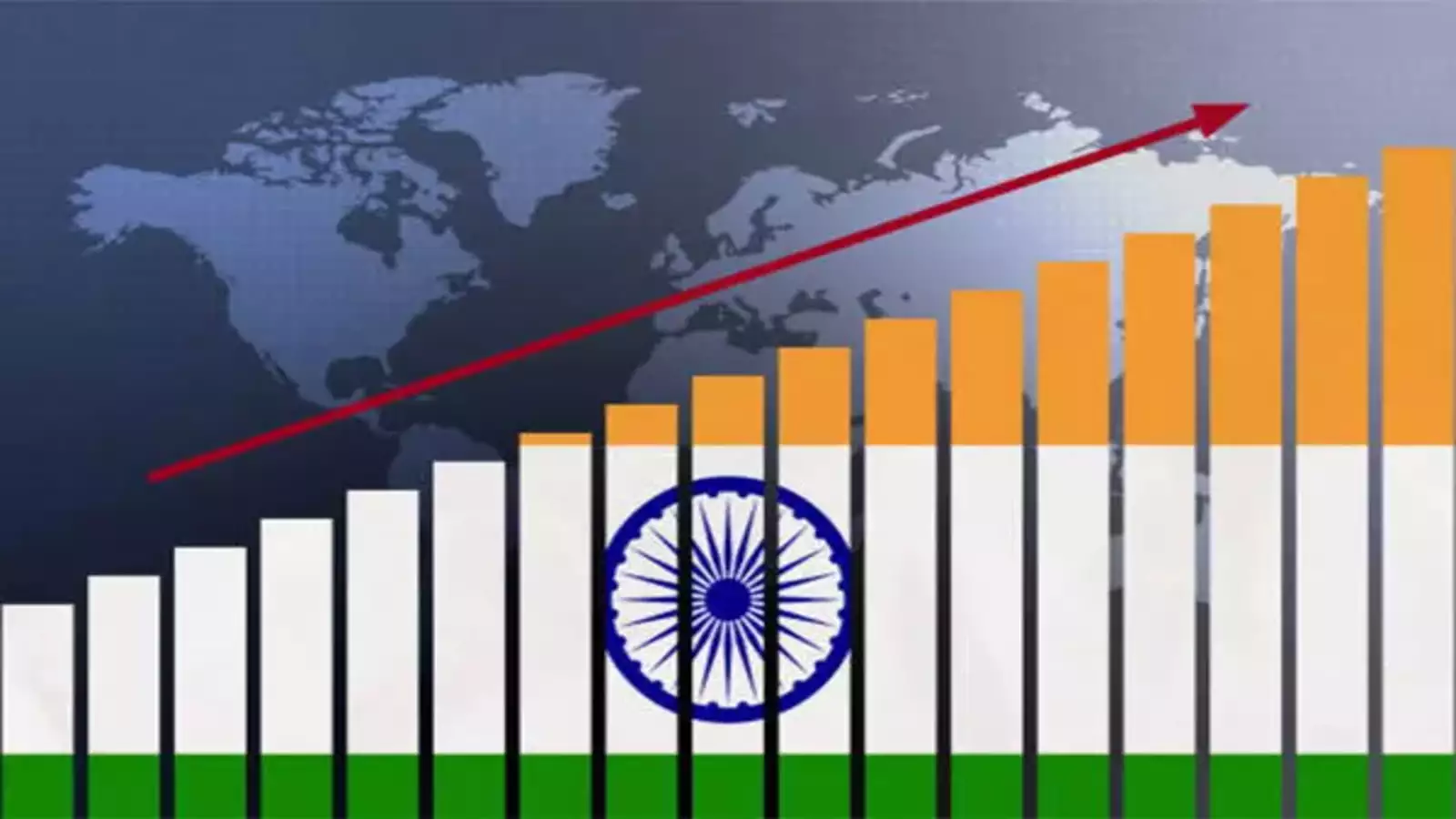India, now the world’s most populous nation, is strategically focusing on its textile industry as a key driver of economic growth and employment generation. With a burgeoning workforce of 1.45 billion, the nation recognizes the textile sector’s immense potential to capitalize on this demographic dividend. A recent analysis highlights targeted policy interventions as crucial for unlocking this potential and establishing India as a global textile powerhouse.
The Indian textile industry, blessed with abundant raw materials, a vast labour pool, and a robust domestic market, has the capacity to capture over 15% of the global textile trade, creating an estimated 40-50 million new jobs. However, to achieve this ambitious goal, certain key challenges must be addressed.
Currently, countries like Vietnam and Bangladesh hold a cost advantage due to their Free Trade Agreements (FTAs) with developed markets. Securing similar market access for India, particularly with major economies like the UK and the European Union, is paramount to levelling the playing field. These FTAs would significantly boost the competitiveness of Indian textile exports.
The existing Production Linked Incentive (PLI) 2.0 scheme, while well-intentioned, currently requires a substantial investment threshold of Rs 100 crores in fixed capital. This high bar limits participation, particularly for smaller players in the industry. Lowering this threshold would encourage broader investment and stimulate growth across the sector.
Furthermore, addressing the inverted duty structure in the man-made fibres (MMF) sector is crucial. This structure, where raw materials are taxed at a higher rate than finished goods, puts domestic manufacturers at a disadvantage. Rectifying this anomaly would enhance the competitiveness of Indian MMF products.
The implementation of the Mega Integrated Textile Region and Apparel (MITRA) scheme is also vital. This initiative aims to create integrated textile parks with state-of-the-art infrastructure, attracting investment and boosting production efficiency.
Beyond these textile-specific measures, broader reforms are needed to improve the overall ease and cost of doing business in India. This includes streamlining regulations related to land acquisition, labour laws, power supply, and human capital development. These reforms, often falling under state or concurrent jurisdiction, require strong collaboration between the central and state governments. The Goods and Services Tax (GST) Council serves as a successful model of such collaboration, demonstrating how coordinated efforts can drive significant economic reforms.
Recognizing the success of the PLI scheme in other sectors, the government is considering incorporating employment generation as an additional criterion for determining benefits, alongside incremental sales. This would incentivize businesses to create more jobs, further amplifying the positive impact of the scheme.
By implementing these targeted policy interventions and fostering a collaborative environment between the central and state governments, India is poised to transform its textile sector into a global leader, creating millions of jobs and driving substantial economic growth. The nation’s demographic advantage, combined with strategic policy focus, presents a unique opportunity for India to weave a new chapter in its economic history.

